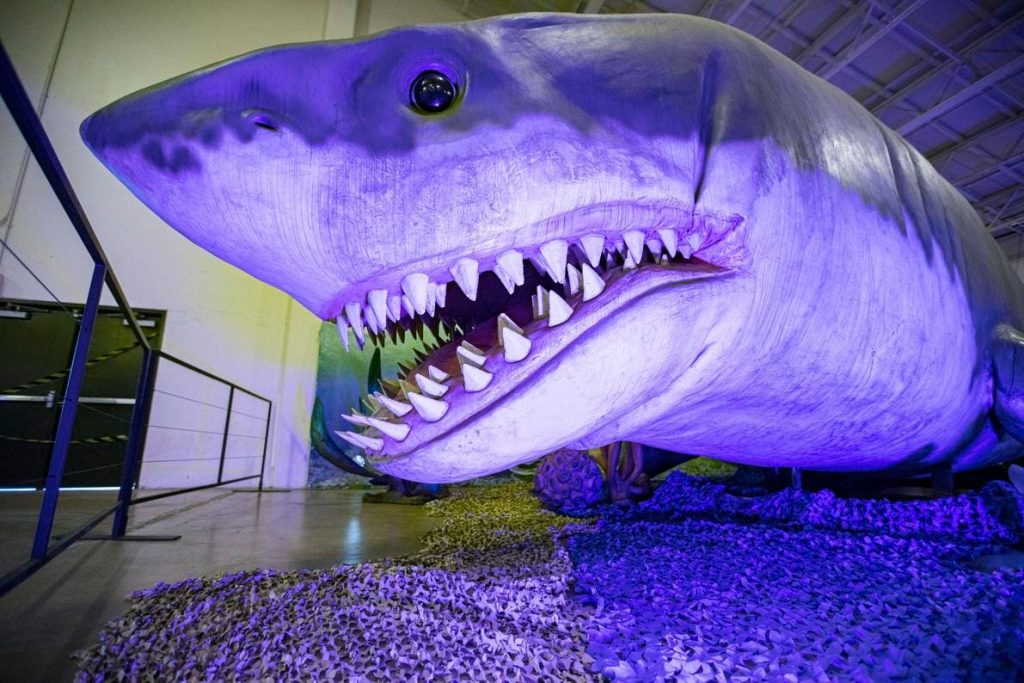Megalodon has long been depicted as a monstrous, super-sized predator resembling a colossal great white shark. However, a groundbreaking scientific study, recently published in the Palaeontologia Electronica journal challenges conventional wisdom, shedding light on this extinct shark’s true physique.
Having once dominated Earth’s oceans million years ago, Megalodon holds a place in paleontological lore as one of the largest and most formidable creatures ever to swim the depths. With a widespread global presence, their extinction remains a subject of scientific inquiry. Thus, the fascination with this ancient leviathan persists, fueled by paleontological discoveries and popular culture depictions that continue to captivate imaginations worldwide.
Contrary to previous assumptions that pegged the infamous “Meg” as a larger counterpart to the modern great white shark, the study suggests that this ancient sea creature was, in fact, more slender. “The remarkably simple evidence that O. megalodon had a more slender body than the great white shark was hidden in plain sight,” said Professor Kenshu Shimada, a paleobiologist from DePaul University and the senior author of the study, about their latest find. This revelation stems from a reevaluation of an incomplete set of fossil vertebrae from a Megalodon individual. The work, led by Shimada and his co-author Phillip Sternes, now a Ph.D. candidate at the University of California, details how previous estimates suggested a length of about 36.4 feet (11.1 meters), but their work indicates a more modest 30 ft (9.2 m), including the shark’s head.
“It was a ‘eureka-moment’ when our research team realized the discrepancy between the two previously published lengths for the same Megalodon specimen,” Shimada elaborated. Sternes pointed out that the findings challenge the prevailing notion that Megalodon was merely a scaled-up version of the modern great white shark: “Even though it remains uncertain exactly how long the body of O. megalodon was elongated relative to the great white shark, this new finding marks a major scientific breakthrough in the quest to decipher what Megalodon looked like.”
Looking ahead, the study suggests that any meaningful discussion about Megalodon’s body form requires the discovery of at least one complete or nearly complete skeleton in the fossil record. “Despite the major scientific advancement in our new study, the fact that we still don’t know exactly how O. megalodon looked keeps our imagination going,” Shimada expressed. “The continued mystery like this makes paleontology, the study of prehistoric life, a fascinating and exciting scientific field.”
Read the full article here






